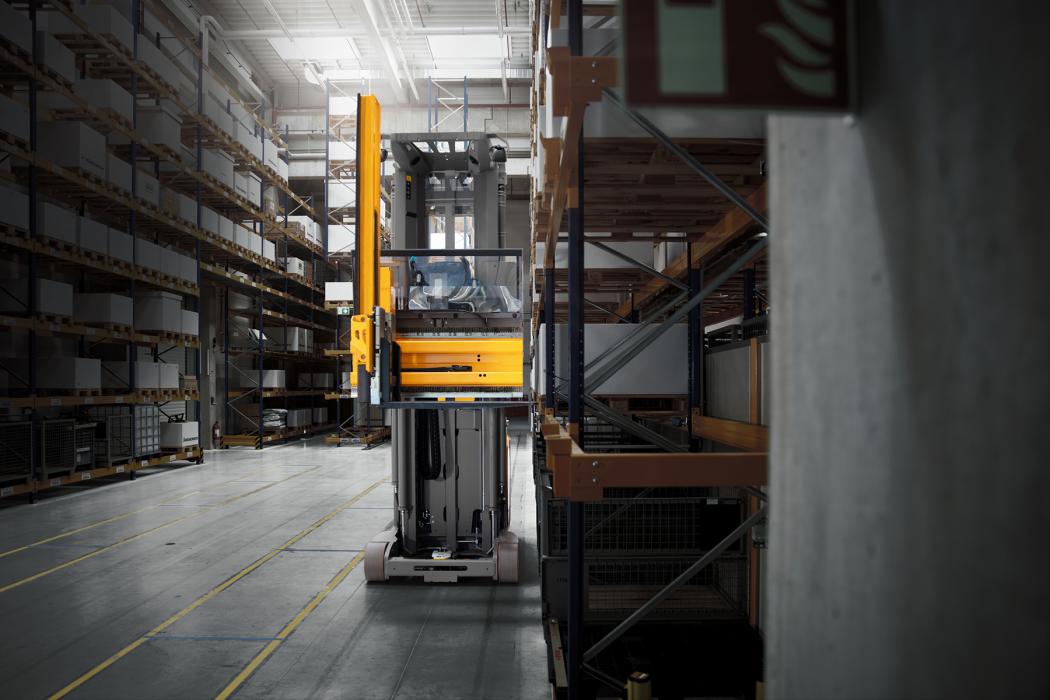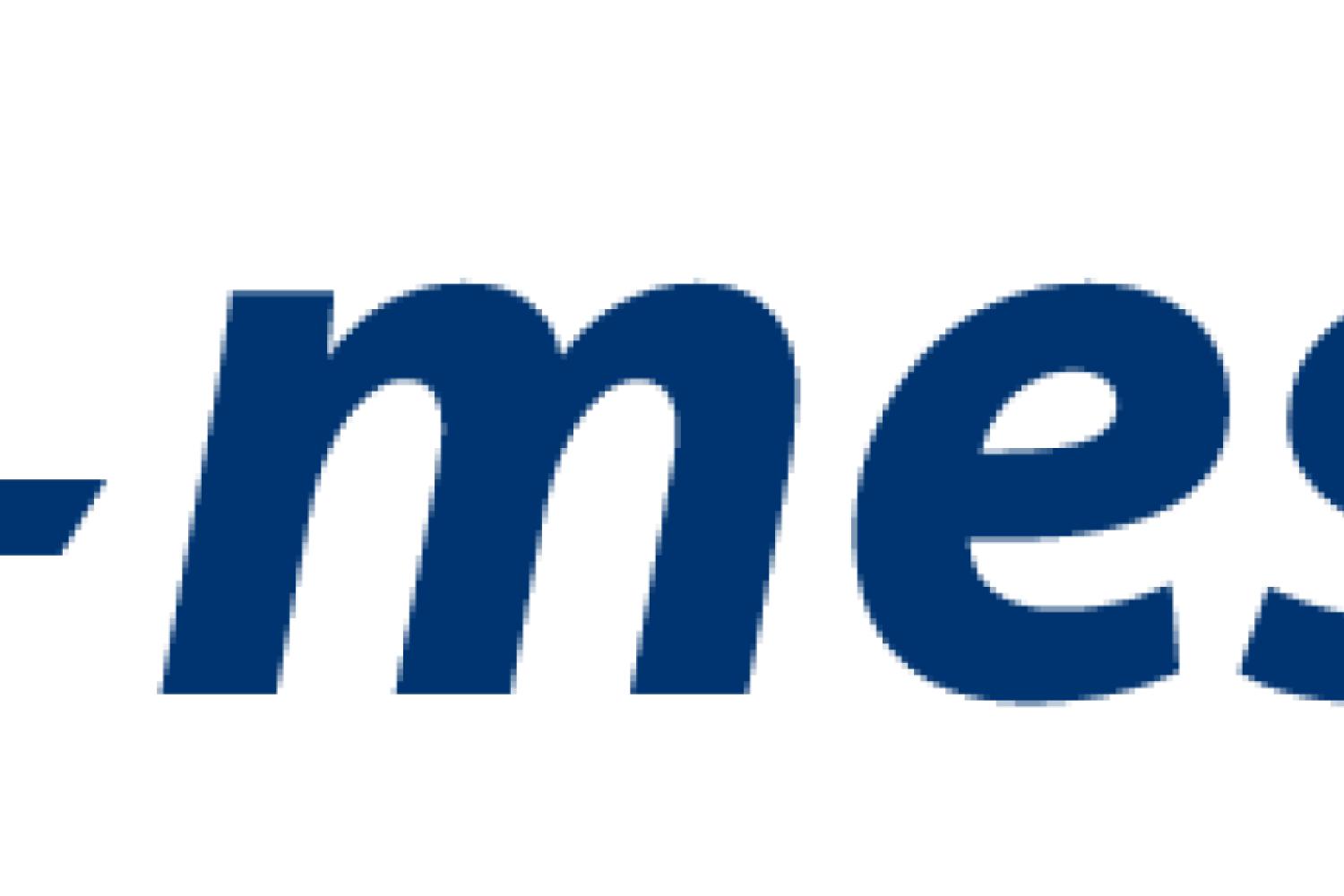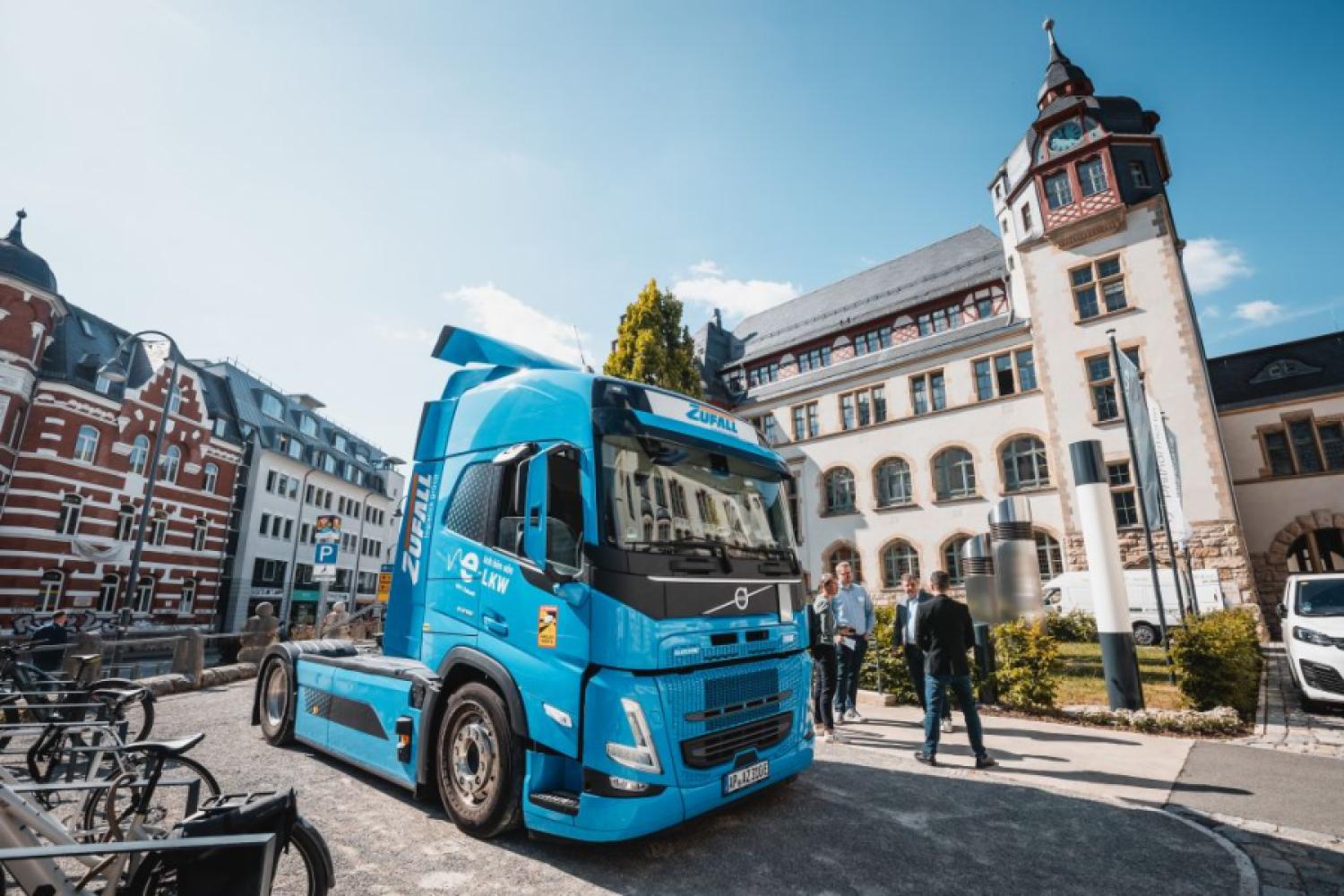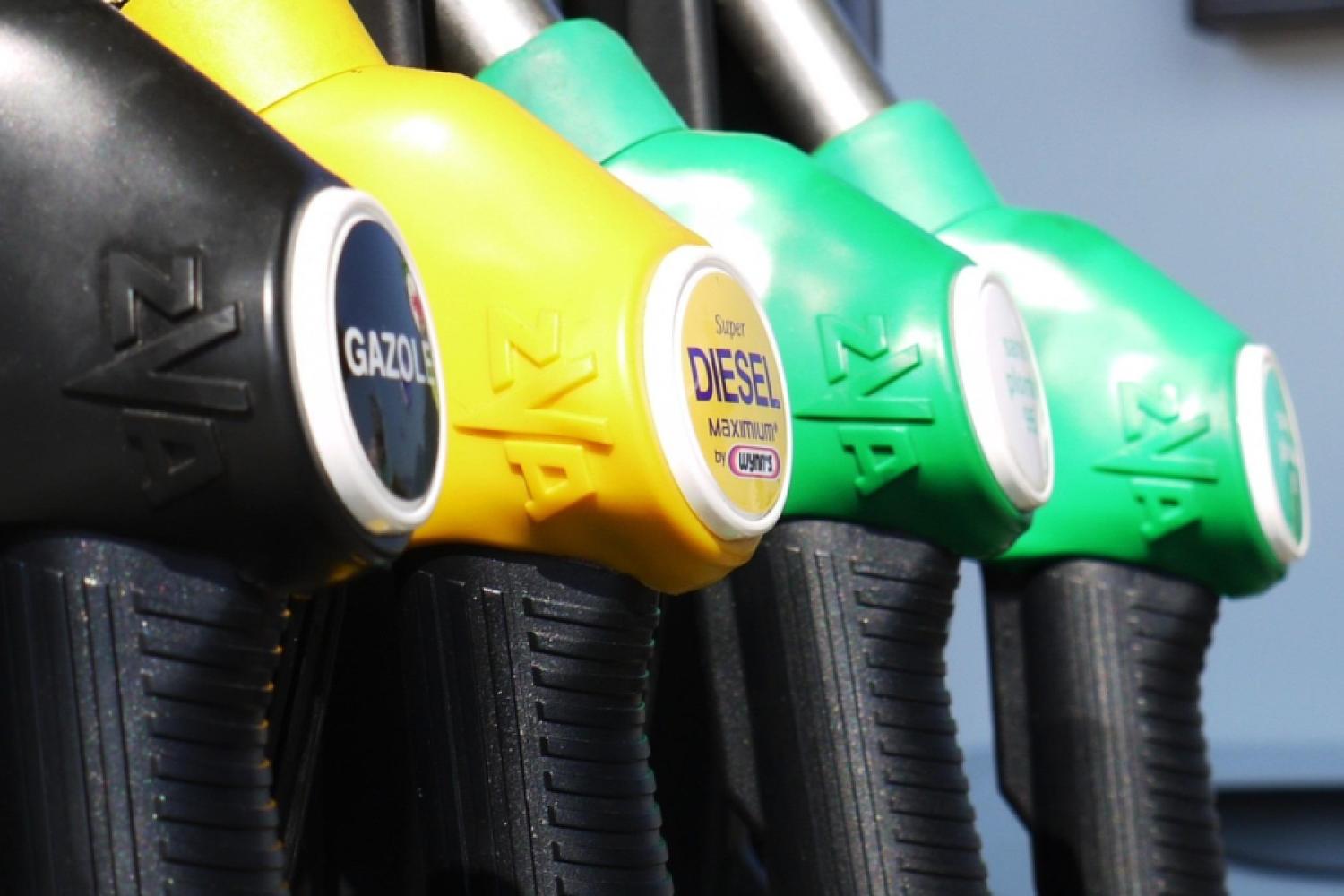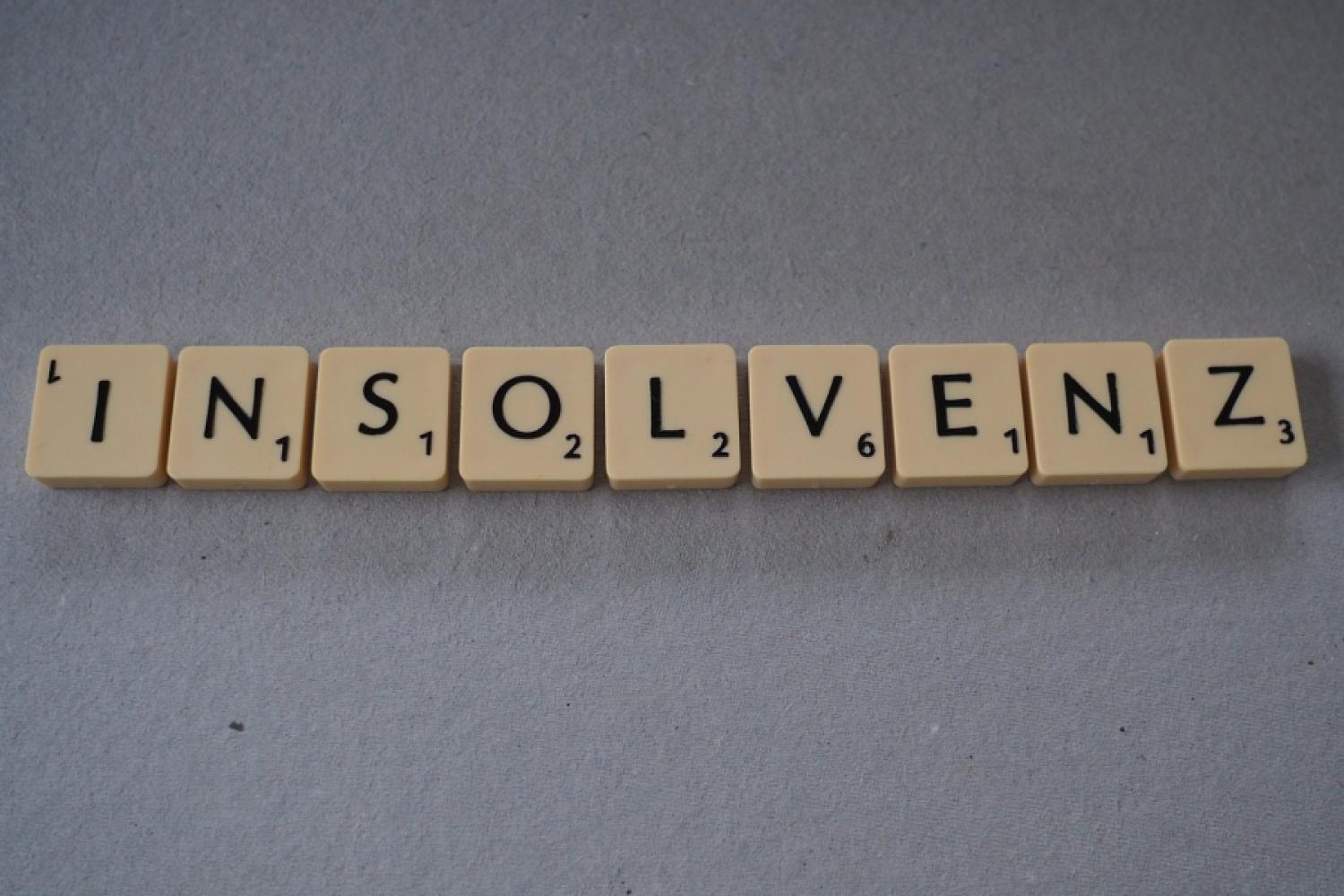The Italian winery Fontanafredda is automating its finished goods warehouse in the Langhe region of Piedmont. For this task, the winery, based in Serralunga d'Alba, chose Jungheinrich. The centerpiece of the project is an underground ten-aisle narrow aisle warehouse, according to a statement from Jungheinrich on July 8. Two driverless narrow aisle stackers "EKX 516a" from the intralogistics provider will take over the storage and further transport of the products there, together with automated conveyor technology and two
driverless "EKS 215a" – from bottling to the shipping area.
Fontanafredda is responding to the need to replace the existing, aging automated narrow aisle warehouse. The goal is to comprehensively automate production and logistics processes and make them as future-proof as possible – with advanced navigation, enhanced safety features, and increased throughput. In addition to the technical performance, Jungheinrich particularly impressed with its comprehensive complete offering: from rack and conveyor technology to vehicles and full system integration.
"For
us, it was crucial to find a reliable partner who could provide us with an innovative, future-proof solution and deliver everything from a single source," said Fontanafredda S.r.l. CEO Andrea Faronetti.
The system integration also includes the Warehouse Control System (WCS) including a logistics interface, which will be seamlessly integrated into the winery's processes.
A particular challenge of the project is the location of the warehouse: it is located five meters below the production area. The connection between
the levels is made through intelligent conveyor technology and two driverless high-lift trucks of the type "EKS 215a". Two driverless narrow aisle stackers "EKX 516a", operating at rack heights up to 6.6 meters, supply the new high-bay warehouse with a total of 3,840 locations for Euro and industrial pallets. The energy supply of the vehicles is provided by a busbar system, which enables overnight intermediate charging.
The commissioning of the fully automated system is planned for June 2026.
